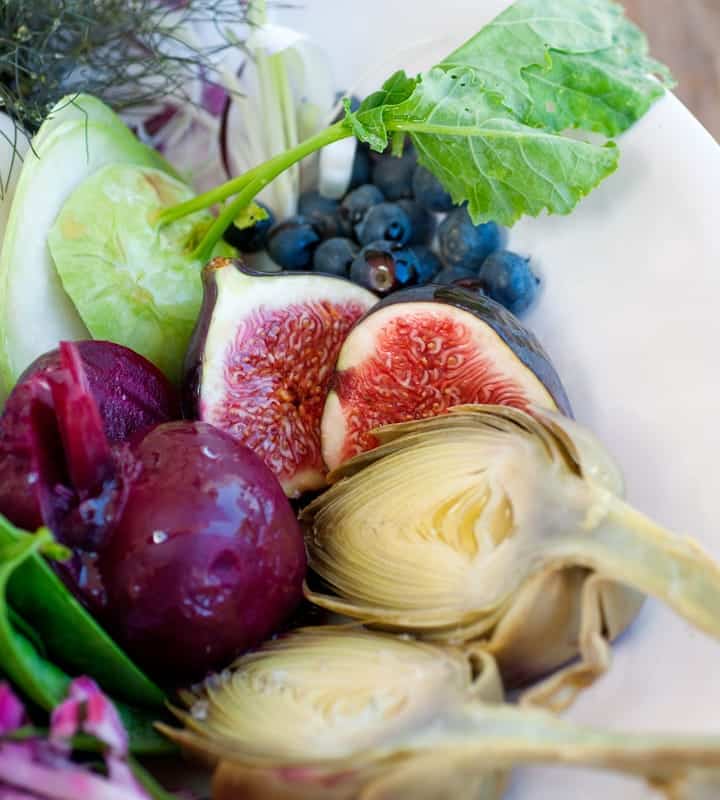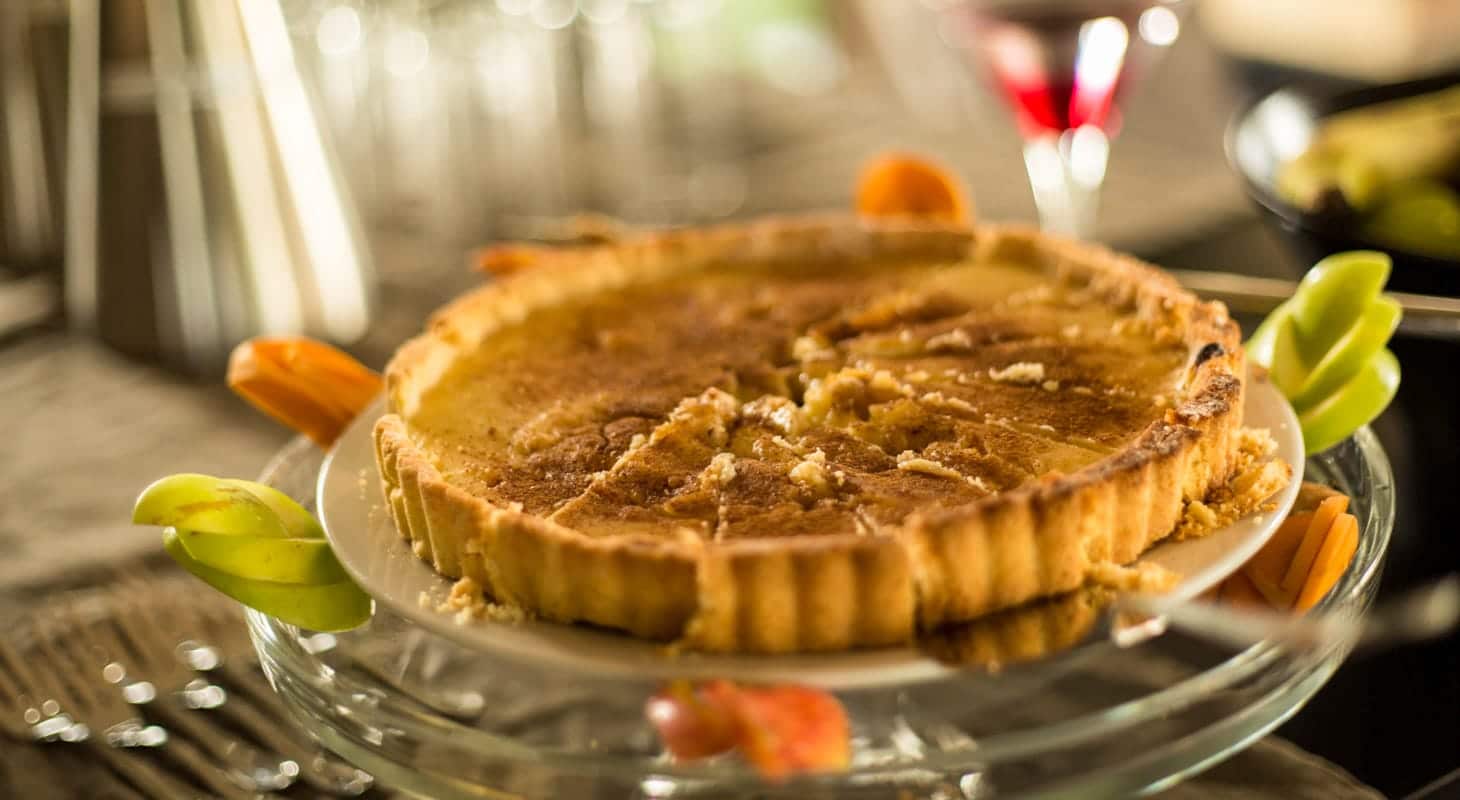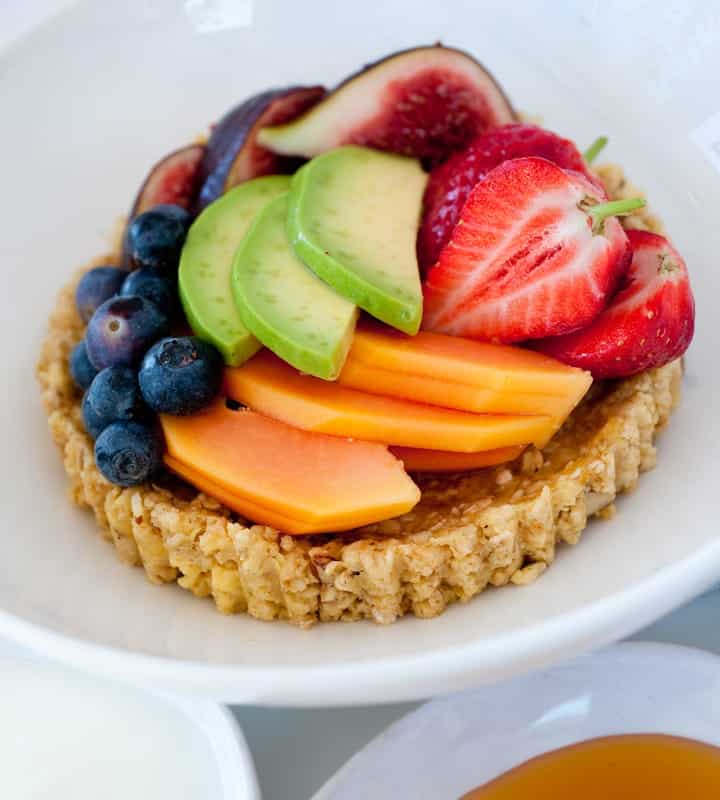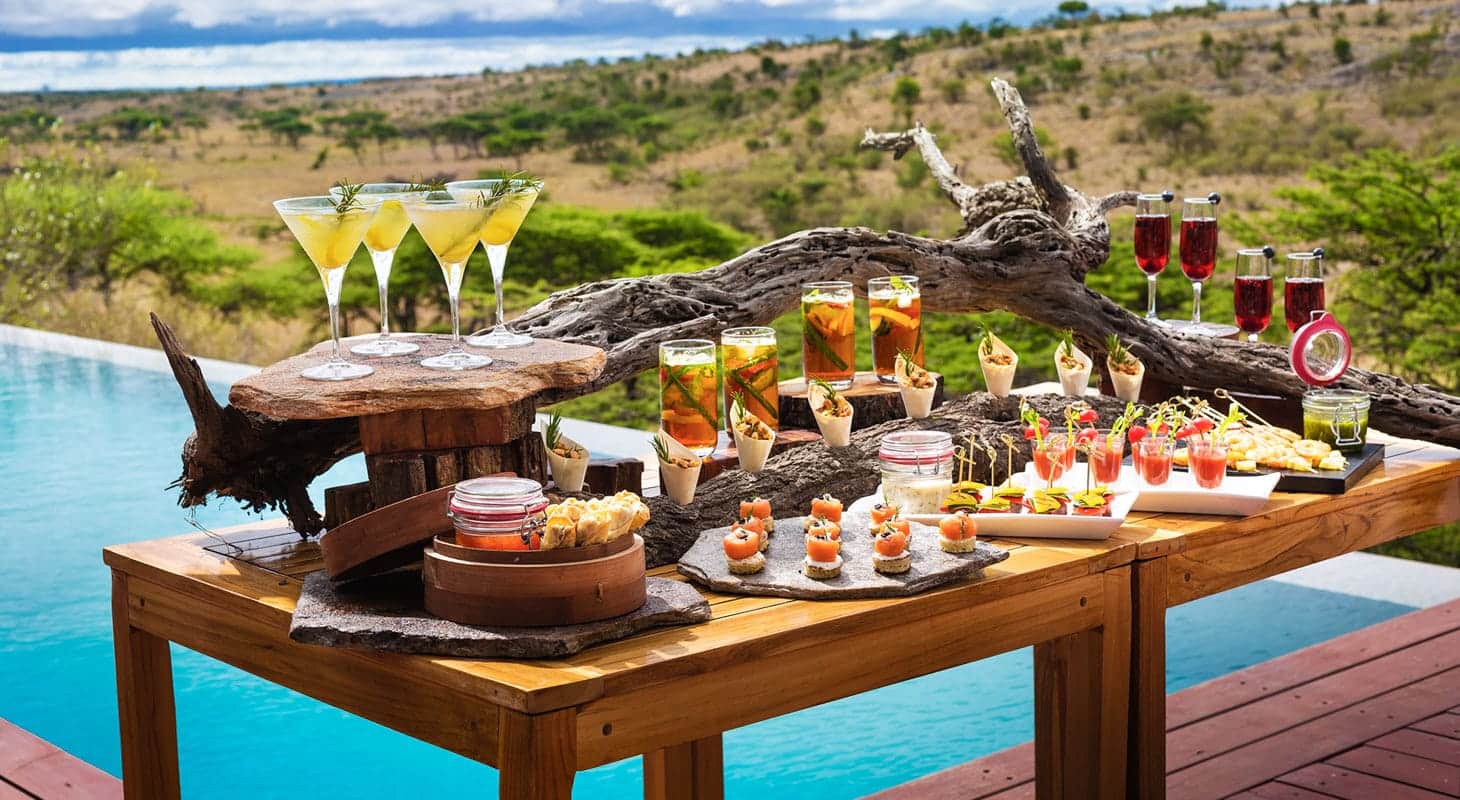An East African luxury safari is a culinary delight. Its history of settlement has created a cuisine that blends the spicy and aromatic foods of the Oriental and Arab world with traditional European and local fare. Around 1,000 years ago the Arab traders settled along the coast and Persian influences are reflected in the Swahili cuisine of steamed rice infused with saffron, cloves and cinnamon. In the 16th century the Portuguese seized the area along the coast, introducing techniques of roasting, marinating and the use of spices to turn bland meals into aromatic stewed dishes. From their Asian colonies, the Portuguese brought fruits such as orange, lemon and lime and from their colonies in the New World came exotic items – chilies, peppers, maize, tomatoes, cashews, pineapple, bananas and the domestic pig – now all a part of a traditional East African Meal. Centuries later in the late 1800s, the British and Indians arrived and brought their foods as well. Indian cuisine in particular – spiced vegetable curries, lentils, chapattis and a variety of pickles – has become a staple on the tables of most East Africans. An ordinary East African fast food meal today consists of chicken or fried fish and chips, or rice and beans. You will see many signboards along roadsides for Nyama Choma, a popular African meal of charcoal roasted goat or beef. A banana stew – boiled bananas and meat – is also a staple, as is ugali, a starchy cornmeal mush regularly prepared as an accompaniment to meat, stews or greens.
Modern South Africa is the result of a centuries-long search for food. Spices drew the Dutch East India Company to Java in the mid-1600s. The Cape served as an excellent pit stop for their ships, and the sailors on them set up a farm at the tip of Africa. After the Dutch, the French Huguenots added vineyards to the rich South African landscape – with Malay, Khoi and San people working the vines. The British arrived looking for gold and to expand their empire, and the German immigrants joined the multi-national amalgam as well … each bringing their own cuisine and culinary customs. Black communities continued their traditional diet: game, root vegetables and wild greens, berries, millet and maize.
The result is multitude of food and beverage options – a dizzying array of tastes and textures that are sure to leave you wanting more. There are a number of indigenous dishes to satisfy your palate, including delicacies such as bobotie (similar to Shepherd’s pie), biltong (dried, salted meat), and boerewors (hand-made farm sausages, grilled on an open flame). There are also more challenging options for the epicurean adventurer, from fried caterpillars to crocodile sirloin. Those who prefer to play it altogether safe will find that most eateries offer a familiar global menu – anything from hamburgers to sushi to pad Thai to spaghetti bolognese. In urban centres of Johannesburg and Cape Town, you’ll find restaurants to suit any mood – quaint Italian and Greek spots, exotic Indian (both Tandoor and Gujarati) and Congolese eateries and virtually everything in between (including genuine South African cuisine, of course).
All meals are included, commencing with breakfast on the first full day of your safari, until dinner on the last day of the trip before we bid you farewell at the airport. You will have a chance to sample some local African specialty foods at restaurants and in bush lodges, while Continental and traditional English cuisine is also always available on safari.



